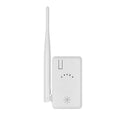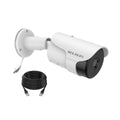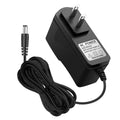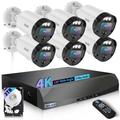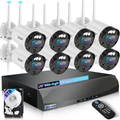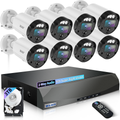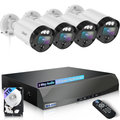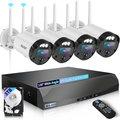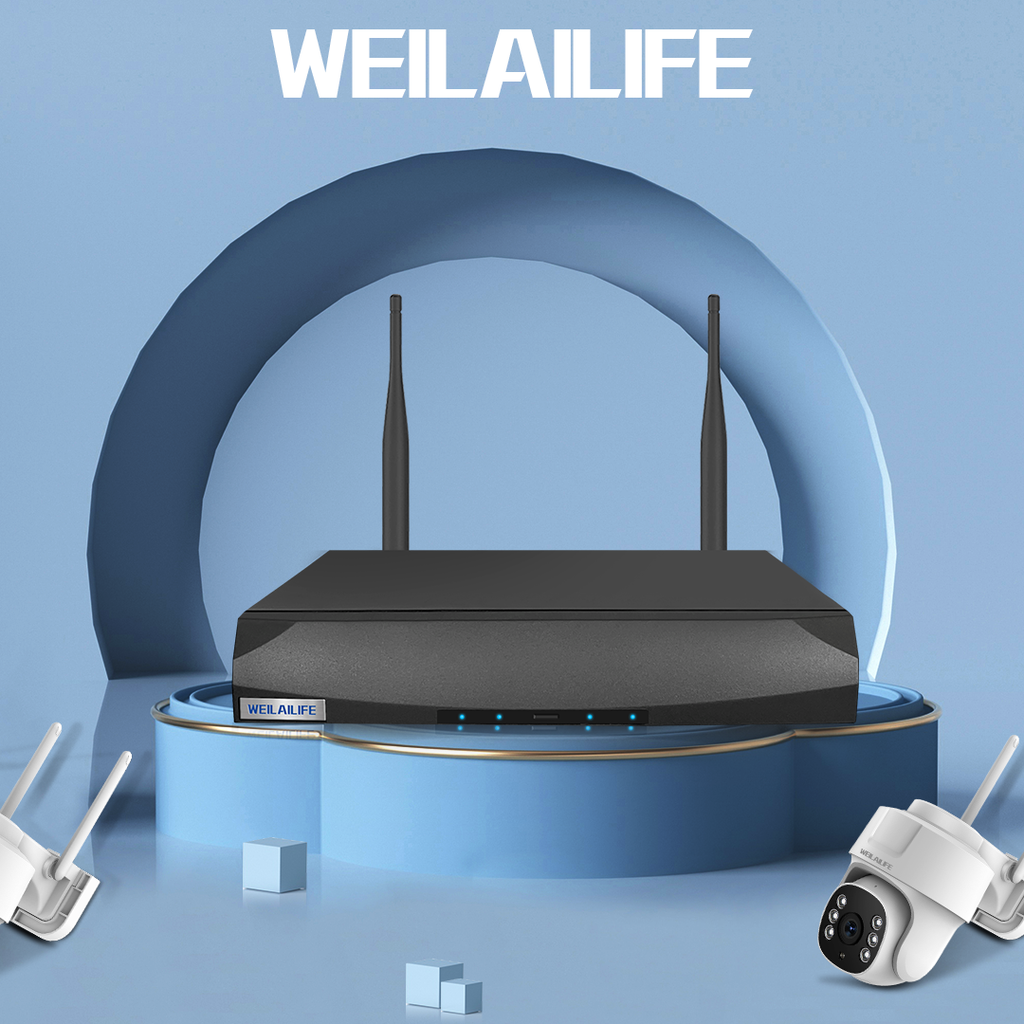Dealing with Fogging of Surveillance Cameras
Internal Fogging: Fog or frost formation occurs when saturated water vapor in the air condenses due to the cooling effect. Infrared cameras, especially indoor cameras, often experience fog or frost formation on the protective dome's glass due to factors like indoor humidity or moisture. This can hinder the camera's visibility and directly impact monitoring effectiveness.
At WEILAILIFE Surveillance, we understand the importance of clear visibility in surveillance systems, which is why our state-of-the-art POE security cameras are designed to tackle this issue. With advanced anti-fogging technology, our outdoor security cameras eliminate fogging or frosting, ensuring optimal image quality even in challenging environments.
There are various methods to address this issue, each with different outcomes. These methods include incorporating defrost circuits, providing ventilation holes, nitrogen filling, installing fans, and using desiccants. However, from a fundamental security perspective, it is crucial to strictly control the cleanliness of components and minimize the presence of volatile substances. For example, PCB boards must be free from residual flux, and high-quality silicone material should be used for light-blocking covers.
External Frost or Fog: When cameras operate in high-humidity environments, the protective dome's glass can accumulate dirt, obstructing the camera's field of view.
At WEILAILIFE Surveillance, we offer innovative solutions to combat external fogging and ensure optimal performance of our surveillance cameras. Our wired home security camera systems incorporate IP cameras with advanced POE technology, providing crystal-clear images in any weather condition. With superior HD resolution, such as our 4MP POE security cameras, you can trust that our systems deliver exceptional visibility even in challenging outdoor environments.
To address this issue, we recommend the following steps:
Check for internal fogging within the camera.
Verify that the lens cover is tightly attached to the glass.
Ensure that the camera has a lens cover installed.
Inspect the CCD inside the camera for any signs of fogging.
Check if the electronic shutter of the camera is activated (if so, disable it).
Confirm that the infrared board and the lens are parallel (there should be a slight angle between the infrared light and the lens).
Verify that the lens is slightly taller or exactly the same height as the lens cover (typically, the lens cover should be 3-4 millimeters higher).
At WEILAILIFE Surveillance, we prioritize providing high-quality and reliable security solutions. Our IP network camera systems, coupled with advanced NVR POE security camera systems, offer comprehensive video surveillance capabilities for both residential and commercial settings. Experience the peace of mind that comes with our cutting-edge technology and dependable video surveillance systems.
Remember, for the best outdoor security camera systems, choose WEILAILIFE Surveillance. Protect what matters most with our advanced security solutions.
